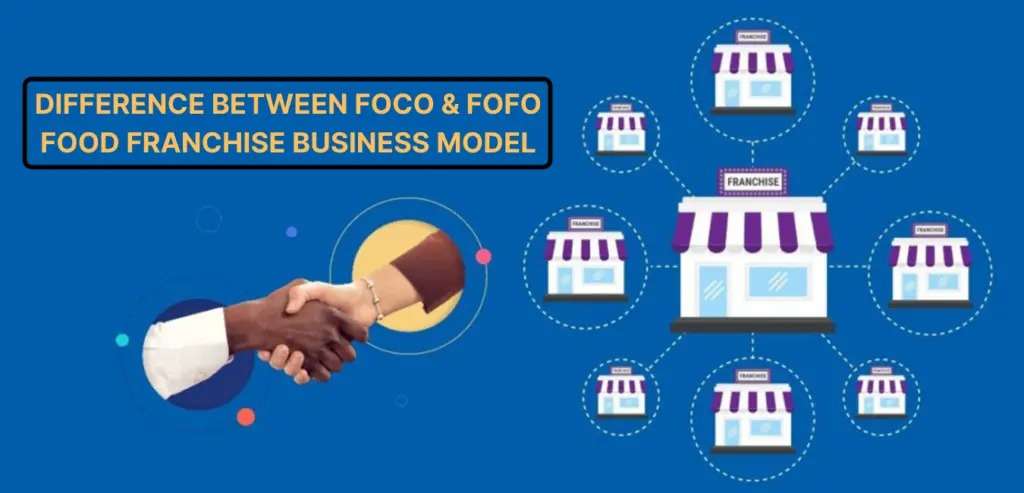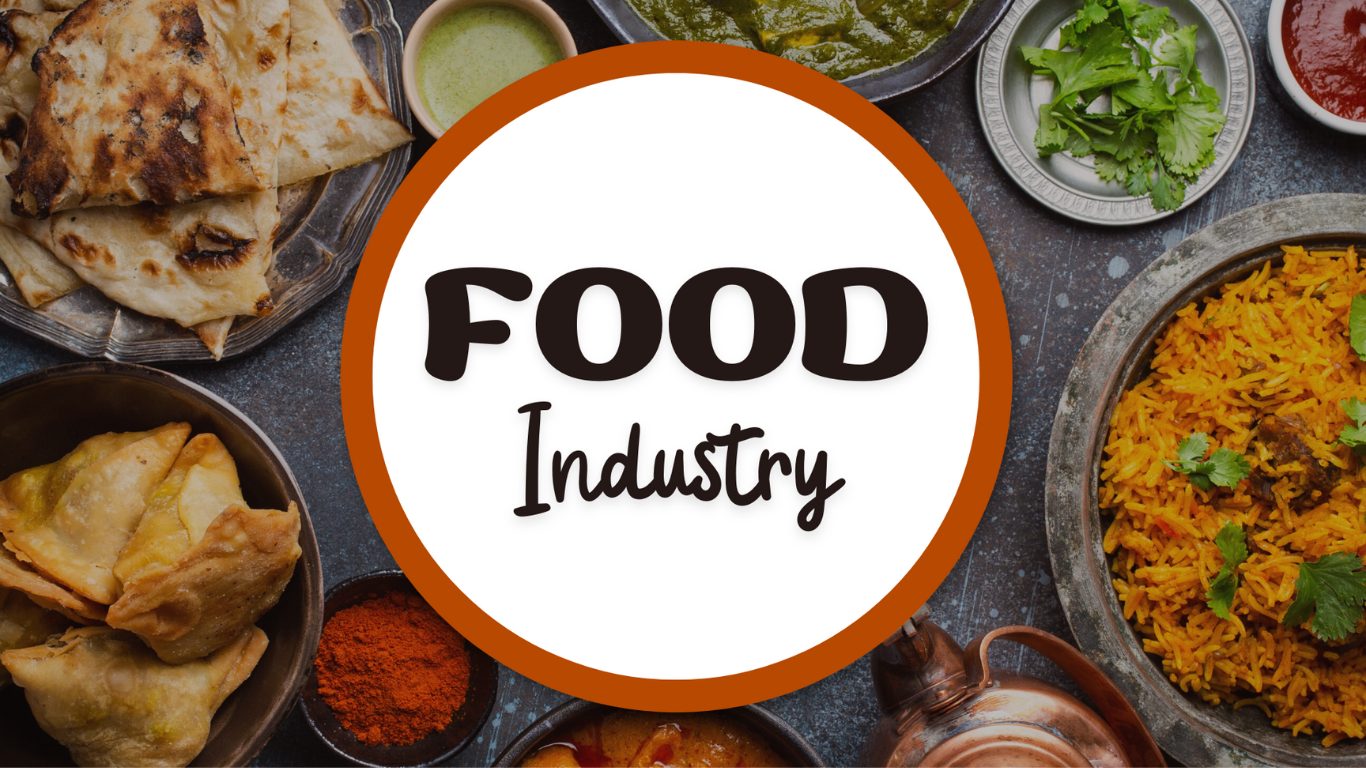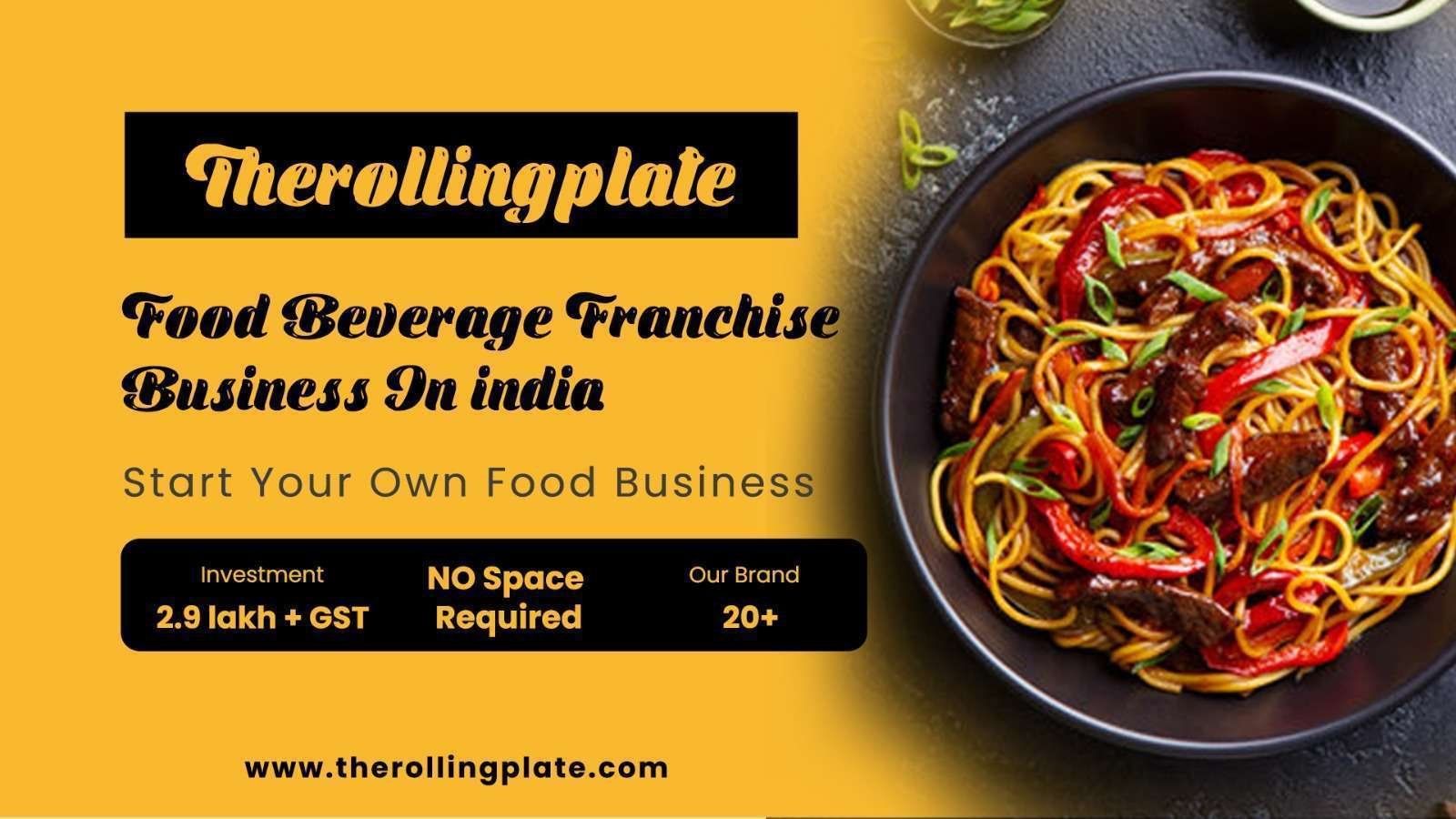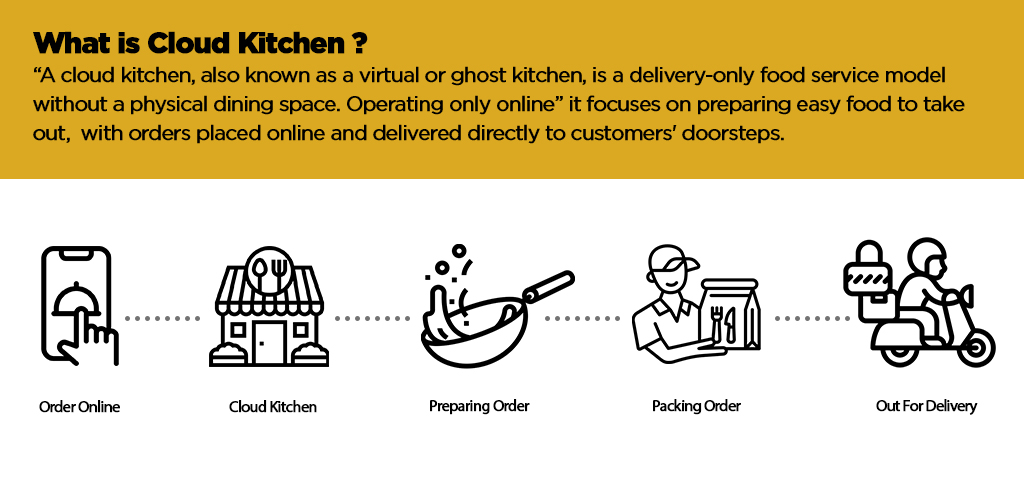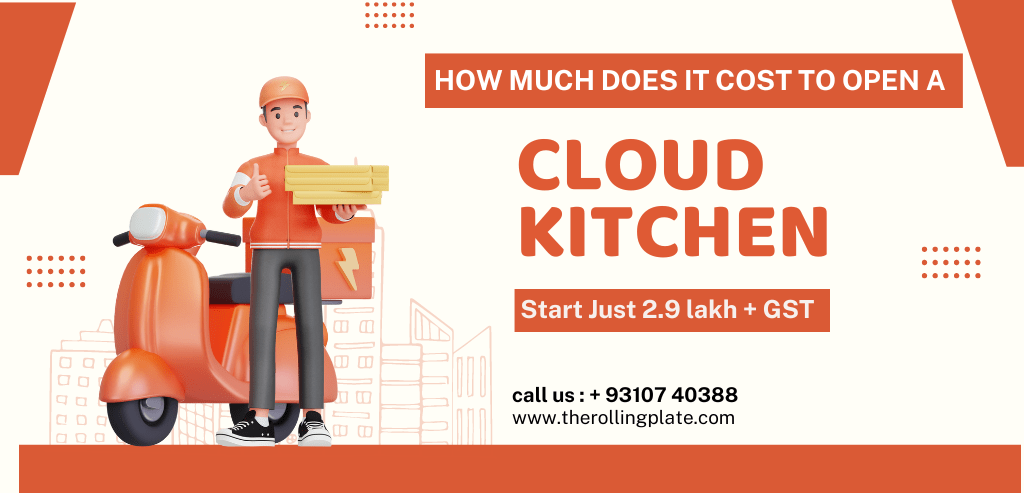10 Mistakes to Avoid While Starting a Food Business

10 Mistakes to Avoid While Starting a Food Business
Starting a food business is a dream for many – and it’s easy to see why. Food brings people together. It taps into culture, nostalgia, and emotion. Whether you’re launching a cozy café, a line of artisanal sauces, or a gourmet food truck, the idea of turning your passion into profit is incredibly enticing.
But let’s be real – it’s not just about having a delicious recipe. According to industry data, most food businesses don’t survive past their fifth year, and often, the cracks start showing within the first 12 months. That’s why it’s crucial to avoid the common pitfalls that trip up new food entrepreneurs.
Here are 10 mistakes to avoid when starting a food business – so you can skip the headaches and stay focused on what matters: building something that lasts.
1. Skipping the Test Phase (aka Going Too Big, Too Fast)
You love your product. Your friends and family say it’s amazing. That must mean you’re ready to open a full-scale restaurant, right?
Wrong
Before you invest your life savings, test your product on a smaller scale. Pop-ups, farmers markets, catering gigs, or even selling online can be a great way to validate your idea. It’s better to realize you need to tweak your recipe or pricing before you’ve signed a 5-year lease.
Pro Tip: Sell at least 100 units and get honest feedback from paying customers before scaling.
2. Ignoring Licenses, Permits, and Health Regulations
This one’s non-negotiable. Food is one of the most heavily regulated industries – and for good reason.
Operating without proper licensing can lead to fines, forced shutdowns, or even lawsuits. Depending on your location and business type, you may need:
- A food handler’s permit
- A health department inspection
- A business license
- Commercial kitchen access
- Product liability insurance
Don’t wait until a surprise inspection to get your paperwork in order.
3. Not Knowing Your Numbers (Especially Food Cost)
You can have the tastiest product on the market, but if your cost to make it is too high, you’ll never turn a profit.
You need to know:
- Ingredient costs
- Packaging costs
- Labor (including your time)
- Overhead (rent, utilities, software, etc.)
From there, set your pricing to not just cover costs but allow for profit and growth.
Rule of Thumb: Your food cost should typically be 30–35% of your retail price.
4. Underestimating Startup Costs and Cash Flow Needs
Starting a food business isn’t cheap – even small-scale operations need a budget for equipment, packaging, ingredients, permits, and marketing.
And here’s the kicker: Revenue is rarely instant.
Expect slow days (or weeks) in the beginning. Have at least 6–12 months of operating cash to keep you afloat until your business finds its rhythm.
Mistake alert: Many food startups blow their budget on fancy packaging or a sleek website too soon. Focus on essentials first.
5. Doing Everything Alone
Wearing all the hats might seem noble at first – but it’s a fast track to burnout.
No one is great at everything. Maybe you’re a killer chef but struggle with accounting or social media. Recognize your strengths, then hire, barter, or outsource the rest as your budget allows.
Idea: Consider partnering with someone whose skills complement yours – marketing, finance, or logistics, for example.
6. Neglecting Branding and Storytelling
A great product gets you in the door. A great brand keeps people coming back.
Branding is more than just a logo. It’s the feeling customers get when they interact with your business. It’s your values, your packaging, your story – and yes, even your Instagram captions.
Ask yourself: “Why would someone choose me over the dozens of other options?”
Craft a story people can connect with. Whether it’s Grandma’s cookie recipe or a mission to use only local ingredients, make your brand personal and memorable.
7. Ignoring the Power of Digital Marketing
If you think marketing is just posting a photo once a week, think again.
Today’s food businesses live or die online. Your potential customers are scrolling through Instagram, watching TikToks, and Googling “best vegan bakery near me.”
To thrive, you need:
- A mobile-friendly website
- Active social media accounts
- Google Business Profile (if you have a physical location)
- Email list to build loyal fans
Invest in good food photography. A mouthwatering image can be worth a thousand clicks.
8. Choosing the Wrong Business Model
Not every food business is meant to be a brick-and-mortar restaurant. Some products do better through:
- Online DTC (direct-to-consumer)
- Wholesale to local shops
- Catering or events
- Meal delivery services
- Farmers markets/pop-ups
- Franchising (if you’re thinking big)
Test different models before locking yourself into one. The goal is to fit your concept into a model that scales well and aligns with your lifestyle.
9. Failing to Prioritize Customer Experience
The food industry is experience-driven. People don’t just buy meals or products – they buy the feeling, the service, the environment.
Whether you’re running a food truck or a ghost kitchen, customer service still matters. Be responsive, friendly, and open to feedback.
Bonus: Keep everything visibly clean. Perception of cleanliness = trust in food quality.
10. Skipping Insurance and Legal Protections
This is one of those “better safe than sorry” areas. One incident – a customer getting sick, or a burnt-out food truck – can wipe out your business if you’re not covered.
Make sure you’re protected with:
- General liability insurance
- Product liability insurance
- Workers’ comp (if you have employees)
- A solid LLC or corporation structure
Consult with a small business attorney early. It’ll save you from bigger costs later.
Final Thoughts
Starting a food business is an exciting – and often emotional – journey. But it’s also a business, and that means smart planning, risk management, and continuous learning.
Avoid these 10 common mistakes, and you’ll already be ahead of most first-time food entrepreneurs. Test, listen, adapt – and don’t forget to enjoy the ride.
Because at the end of the day, you’re not just serving food – you’re creating experiences, memories, and maybe even a legacy.

Discover our latest news
and updates now.
The 7-Step to become an Entrepreneur
October 29, 2025
30 Side Business Ideas To Make Money (2025)
October 29, 2025
Everything You Should Know About Chinese Wok Franchise
October 04, 2025


